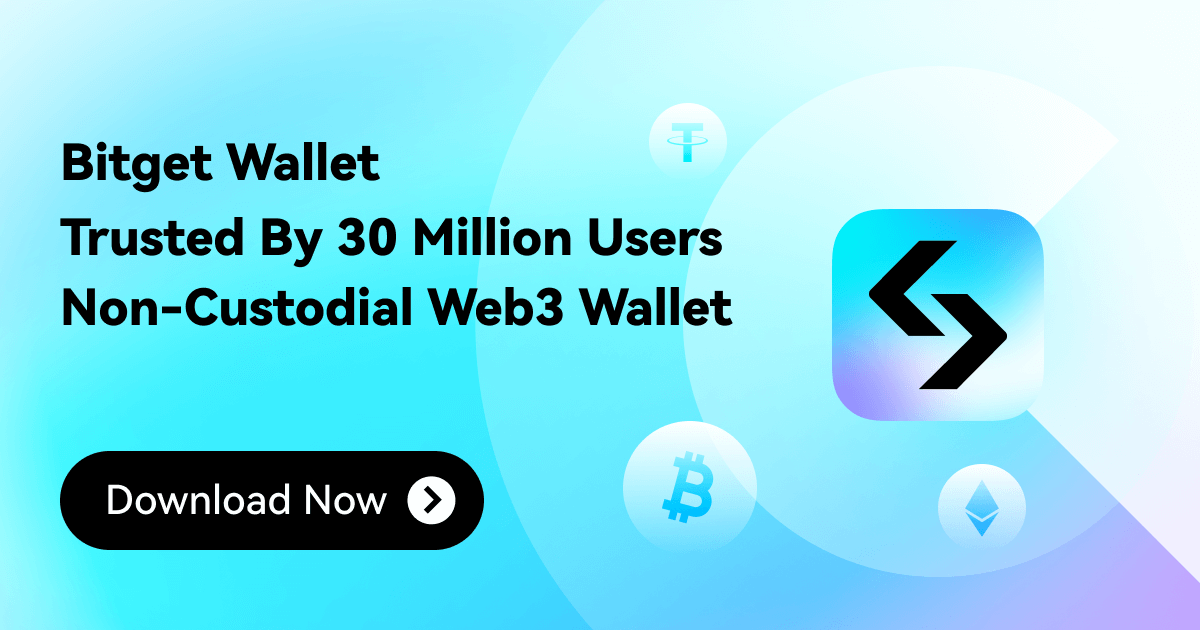What Is Cross Chain Swap

Cross-chain swaps enable users worldwide to trade tokens from different blockchains seamlessly. By using smart contracts and cryptographic methods, these swaps allow for easy token exchanges without relying on centralized intermediaries. One popular approach is atomic swaps, which use hash time-locked contracts (HTLCs) to ensure the transaction is completed securely and irrevocably.
Interoperability protocols like the Interledger Protocol (ILP) and blockchain bridges facilitate the communication needed for cross-chain swaps. This enhances liquidity, encourages DeFi innovation, and promotes greater integration within the blockchain ecosystem.
How To Do Cross Chain Swap Work?
Cross-chain swaps, also known as atomic swaps, facilitate the exchange of assets between two different blockchains without the need for a centralized third party.
Initiation
When two parties wish to conduct a cross-chain swap across different blockchains, they establish the conditions and define the assets to be traded.
Hash Time-Locked Contracts (HTLCs)
To ensure enhanced security and trustlessness, smart contracts are utilized, specifically Hash Time-Locked Contracts (HTLCs). Cryptographic hash functions and time locks are employed to guarantee that the conditions of the swap are met.
Commitment
Both parties commit their assets into HTLCs on each blockchain. Assets are locked within the smart contract, deriving a digital key (the swap conditions) from it.
Verification
Before proceeding with the swap, both parties verify critical details, confirming the smart contract requirements to prevent fraud or malicious intent.
Simultaneous Execution
Once mutual agreement and conditions are met, the swap is executed. Assets locked on each blockchain are released and transferred to the respective parties.
Refund in Case of Failure
Should the conditions not be met within a specific timeframe before initiation, the smart contract allows for the return of locked assets to their original owners.
Cross Chain Swap Vs Bridges?
Cross-chain swaps and crypto bridges both facilitate the exchange of assets between different blockchain networks, but they operate in distinct ways. Cross-chain swaps, often referred to as atomic swaps, allow users to trade or transfer assets seamlessly without the need for a centralized exchange. These swaps are typically more decentralized, leveraging smart contracts—specifically Hash Time-Locked Contracts (HTLCs)—to ensure trustless transactions where users do not need to trust a third party. Examples include platforms like ThorSwap.
On the other hand, crypto bridges act as intermediaries that enable the transfer of assets from one blockchain to another. While they can also use smart contracts, their degree of decentralization can vary, with some bridges being more centralized. Bridges like Wanchain create a connection between disparate blockchains, facilitating interoperability and enabling asset movement. They tend to be more user-friendly, handling the asset transfer process once users deposit their assets into the bridge.
Both methods promote interoperability and access to a broader range of assets, but cross-chain swaps may require users to have a deeper understanding of blockchain mechanisms and smart contract interactions, while crypto bridges generally offer a simpler user experience. Transaction speeds for both can vary depending on the consensus mechanisms of the involved blockchains.
What Are The Risks Of Using Cross Chain Swap?
Cross-chain bridge vulnerabilities pose a significant hurdle in the realm of cross-chain swaps, often culminating in substantial security breaches. In 2022 alone, these breaches led to nearly a billion dollars in losses, constituting 69% of the total crypto sector theft that year. The intricate nature of bridge technology and dependence on external intermediaries amplify the likelihood of such incidents. Moreover, the complexity involved in executing cross-chain swaps diminishes user accessibility, hindering widespread adoption. Coupled with market volatility, which introduces financial uncertainties during swaps, tackling these challenges becomes imperative for ensuring the secure and seamless functioning of cross-chain swaps.
Best Cross Chain Swap Platform?
Bitget Swap stands as a core feature of the Bitget Wallet, providing users with a flexible method for trading on the platform. It supports a diverse range of token pairs and offers straightforward trading operations. Users can execute transactions at the best available prices, whether on the same blockchain or across different chains. Bitget Swap effectively serves as an alternative for buying and selling on the Bitget exchange, supporting over 10,000 cryptocurrencies and tokens across eight different chains sourced from leading DEXs. With this powerful tool, users can swap or exchange assets almost instantly based on current market prices. Featuring high liquidity and low slippage, it enables users to trade cryptocurrencies anytime, anywhere, including cross-chain transactions. Additionally, Bitget Swap automatically converts any stablecoin balance in your account into gas fees, ensuring convenient transaction completions.
How To Do A Cross Chain Swap On Bitget Wallet?
To perform a Cross-Chain transaction on Bitget Wallet, follow these steps:
1. Select Asset: Choose the cryptocurrency you want to trade and navigate to its detail page. Click on "Swap" to access the Swap page.
2. Cross-Chain Transaction: For cross-chain transactions, select a token from a different blockchain. For example, you can swap USDT on the Ethereum network to receive BNB on the Binance Chain.
3. Enter Amount and Confirm: Input the amount and wait for the system to provide a quote. Then, click "Confirm" to finalize the cross-chain transaction.
Make sure to review and confirm all transaction details before finalizing to avoid unnecessary errors.
 No data
No data














